Pass the ball? Shoot it? It’s not always easy for basketball players to tell just what to do with the ball. But a newly created mathematical model of basketball "shot selection" suggests that many NBA players are missing out on opportunities to score because they're too conservative with their shots.
Right when a team first gets the ball, it makes sense to wait for an opportunity to attempt a “high-quality” shot—meaning one that’s relatively easy to make. But according to the paper that described the model, published online Jan. 25 in the journal PLoS One, many players are overly reluctant to attempt a shot early in a possession.
"Strategic decisions in basketball have long been made based on the intuition of the coach or players, but as advanced quantitative analyses are increasingly applied to the game it is becoming clear that many of the conventional, intuitive ideas for basketball strategy are misguided or suboptimal,” the paper's author, University of Minnesota physicist Dr. Brian Skinner, said in a written statement.
What's the optimal approach? Skinner explained it in an email to The Huffington Post, and it sounds a bit complicated.
"I derive a function f(t) that provides an 'optimal lower cutoff' for the shot quality when there are exactly t seconds remaining on the shot clock. So, when a shot arises for a player with t seconds left on the clock, that hypothetical player should assess in his/her mind whether the shot will produce on average more than f(t) points. If the answer is yes, then the player should shoot the ball. Otherwise, they player should pass up the shot and wait for the team to get a better one."
Got that? Actually, Skinner - who calls himself a long-suffering fan of the Minnesota Timberwolves - is under no illusion that players can actually evaluate the function f(t) in the midst of a game. But, he said, "they can look at statistics after the game, and by comparing their actual shooting decisions to the theoretically optimum ones, they can take away general messages about how good their shot selection is."
The mathematical model Skinner came up with is analagous to the so-called "secretary problem," a famous and similarly complex statistical conundrum in which an administrator interviewing a series of job candidates has to figure out when to stop interviewing and make an offer.
Of course in the case of the basketball model, it's a b-baller who has to decide when to stop dribbling and when to take the shot.
Asked to give an example of an NBA player who might benefit from better shot selection, Skinner tossed out the name of Al Jefferson, who used to play for the Timberwolves but now plays for the Utah Jazz.
Skinner said Jefferson had a "terrible habit of always waiting until the last minute to shoot," typically taking a shot only after executing a number of head fakes and spins. He "seemed to have the attitude that if he just kept working he would eventually arrive at exactly the shot he wanted," Skinner said, adding, "It seems to me that that attitude was misguided more often than not."
Are you listening, Al? Shoot already!
